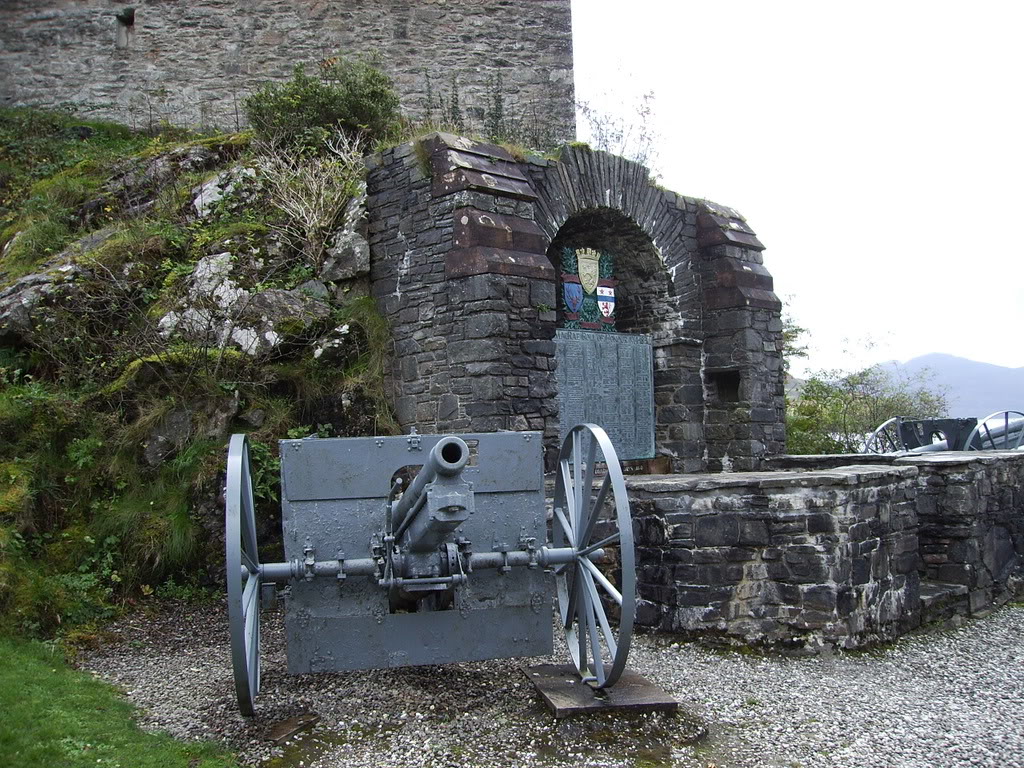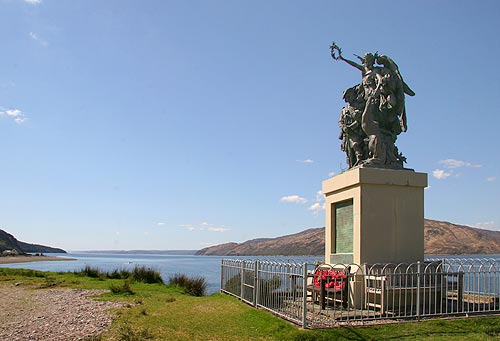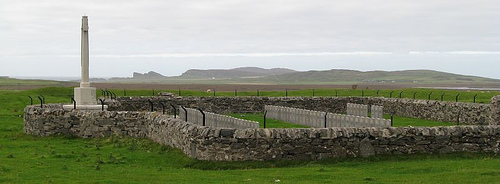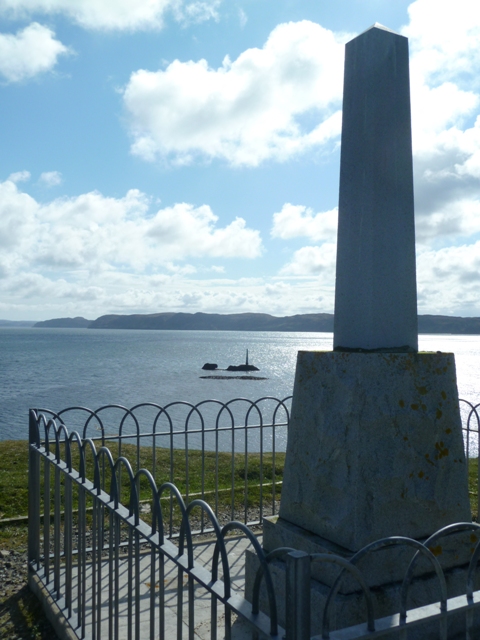Scotland Travel Blog November 11
"Highland War Memorials"
I apologise that our Scotland Blog for November is a bit depressing, but I sat down to write this on Remembrance Day hence the sad theme of this month’s blog.
For a small country, Scotland seems to have a history with more than its fair share of tragedies. One of the often forgotten tragedies of more recent times is the death toll suffered by Scottish troops in World War One. Over 26% of Scottish servicemen died in this conflict whilst the average death toll for UK troops was 11%.
This is maybe because Scottish troops were considered to be the best fighters and were therefore given the toughest assignments. A more cynical interpretation of the statistic might lead you to conclude that the British military commanders regarded Scots as more expendable. It is certainly true that General Wolfe had this opinion as he wrote the following of his Scottish troops at Quebec, "They are hardy, intrepid, accustomed to a rough country, and no great mischief if they fall."
A poignant reminder of the impact of World War One is the number of war memorials to be found in even the remotest and smallest of Scotland’s communities. If you are ever in the Scottish Highlands and wondering which Clan territory you are in, you can often find out by reading the names of the fallen on the war memorials. A notable example of this is the Lochalsh war memorial on the A87 just beside the village of Reraig. This is the homeland of the MacRaes and this surname accounts for around a quarter of the names on the Lochalsh Memorial. And nearby, there is a war memorial at Eilean Donan Castle which is dedicated to the WW1 fallen of Clan MacRae from all corners of the world.

Not far from Eilean Donan Castle, there is a surprisingly grand war memorial on the dead end road that runs from Glenelg towards Loch Hourn. I say surprisingly grand because Glenelg is an isolated and sparsely populated community and the number of locals who perished seems disproportionately high. It is tragic to realize how much this small community must have suffered with every lost son.

If asked where to find the most haunting of war memorials in Scotland, I think we would have to say the American Cemetery near Kilchoman Church on Islay. This is a very moving little cemetery of war graves for the American servicemen who perished in 1918 when the troopship HMS Otranto collided with another vessel and sank with the loss of more than 400 lives. There are now only 70 gravestones at the cemetery as bodies of the American servicemen were exhumed and repatriated in 1920. A local Islay policeman, who had responsibility for recovering the dead, took it upon himself to write to all of the perished soldiers’ families. Quite a task given that he wrote all the letters by hand and had to mail them all the way to America.

However, the community that suffered more losses per head of capita than any other place in Scotland is the Island of Lewis. During WWI, Lewis lost 1000 sons from a population of just 30,000. A higher fatality rate than any other region of the British Isles.
Many of these fatalities happened in one terrible event on the 1st January 1919. A ship called the Iolaire was returning from the Kyle of Lochalsh with an estimated 283 passengers who were nearly all servicemen returning to Lewis after de-mobilisation from the Royal Navy. The end of the war had been declared just 6 weeks earlier.
The atmosphere on board the ship was jovial because the sailors were celebrating New Year’s Day and they knew that they would soon be seeing their families and homes again. For some of the soldiers, it had been more than 4 years since they had been back to Lewis.
At 1 am and in the middle of a severe storm, the Iolaire missed the safe channel into Stornoway harbour and the ship ran aground on some rocks just a few metres from the shore. Tragically the storm was so strong that the waves made it almost impossible to swim to the shore. One man, John Finlay Macleod, managed with superhuman effort to swim ashore and secure a rope that enabled another 40 men to drag themselves to safety.
In all, 205 men died during the Iolaire disaster and the repercussions have been felt on this island community for many generations after. It is speculated that the tragedy caused so much despair on the Island that it accelerated the rate of emigration from Lewis.

The rocks in the foreground with the beacon upon them are the rocks where the Iolaire ran aground so tragically close to shore.
